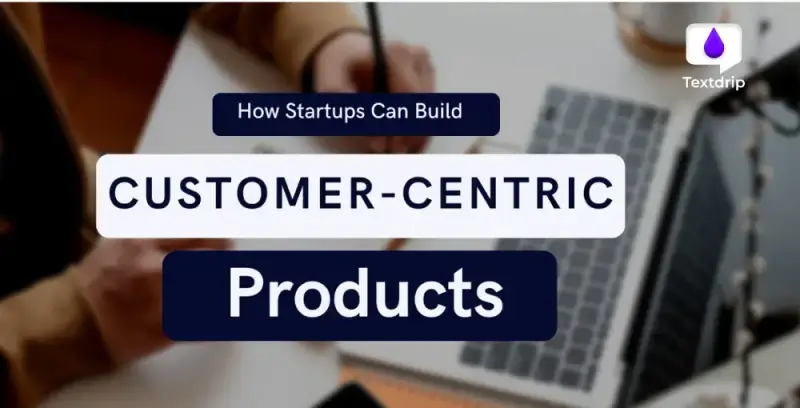
26 Oct 2023

Philip Portman


26 Oct 2023

Philip Portman
Originally published for Forbes Technology Council. Forbes Technology Council is an invitation-only community for world-class CIOs, CTOs and technology executives.
As the founder-CEO of a technology company, I’ve come to realize that the heartbeat of every startup’s journey lies in creating software products that genuinely address the pressing needs of customers.
A product should be a solution to a problem that either you have experienced yourself or a problem that is experienced by the masses. Identifying a problem that exists on a large scale in society, though, is more likely to see adoption and to be a good market fit.
Anyone can create a good product by hiring quality and experienced engineers, but the game here is to find the great product-market fit that solves a real problem, as I’ve previously explained.
According to Harvard Business School research, two-thirds of startups fail to deliver a positive return to their investors. One of the common patterns that startups face is “false starts.”
A false start, according to the article, is when founders and entrepreneurs fail to understand the product-market fit. This can lead to them wasting their time and money on building something that no one really wants. They neglect to properly research customer requirements before starting product development as they are too eager to get the product in the hands of users.
This can be a problem even after raising funds from top-flight venture capitals and hiring an able team. Not adjusting to user feedback in a creative and timely manner can contribute to startups failing to create a customer-centric product.
Embracing Customer-Centricity
Before you even begin to build a product, you must go through the project discovery phase. This includes conducting a round of interviews with prospective customers to probe for strong, unmet customer needs. Doing so gives you problems worth pursuing while helping you avoid the paradox of having the right resources for the wrong opportunities.
When we were building the Textdrip, it was crucial to conduct up-front research to validate the market demand. We conducted several interviews and met with important stakeholders to understand their pain points. With this information, we could design a product that aligns with what the market needed.
The good news is you can also build a customer-centric product, too, that truly solves a problem. Here’s a tried-and-tested process that can lead your startup on the path to success:
1. Define the problem.
Before you begin with any engineering work, focus on defining the problem statement. Gather a team of intellects to conduct rigorous interviews with potential customers while being careful about not promoting your own solutions.
Concentrate your efforts on identifying and defining the problems your customers face. Additionally, conduct a competitive analysis to find the rival products and understand their strengths and shortcomings.
Finally, be sure to run surveys to reach the potential client base at scale and measure their behavior and attitudes. The data and insights from those surveys will come in handy when segmenting the market and defining the problems you plan to solve.
2. Formulate the solution.
Once you’ve conducted surveys and gathered insightful information about the unmet needs of your potential customers, brainstorm on each intricate detail of your solution. After that, you should prepare several initial prototypes to get feedback from the actual users.
Doing so will help you end several biases, reject some notions and iterate and refine the ones that seem promising. With this practice, you’ll be able to produce a “higher fidelity” version of your product that actually solves a problem.
3. Validate the product.
Validating the product is a crucial step for any startup to find the most user-favored solution. Here, you have to run a series of tests and launch different high-fidelity versions in the market to find which performs the best.
Unlike the user feedback you gathered in step two, here you’d put the actual product in the hands of customers and test it in real-world scenarios. This allows you to see how people would react and to get reliable input for the product to polish it and further refine it.
Conclusion
I’ve seen many engineers-turned-entrepreneurs make the hefty mistake of generating a solution as soon as possible without considering the product-market fit. With the process described above, you’ll be able to eliminate any preconceived notions to build a customer-centric product that truly solves a problem.
My overall advice for engineers-turned-entrepreneurs is to stay open to the possibility that the process will help uncover more pressing issues and help you develop better solutions. Because, in order to succeed, it’s crucial to avoid getting emotionally attached to the specific solution.